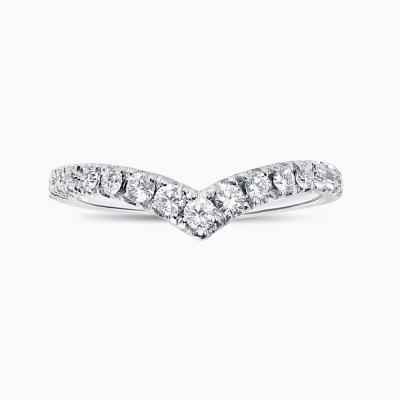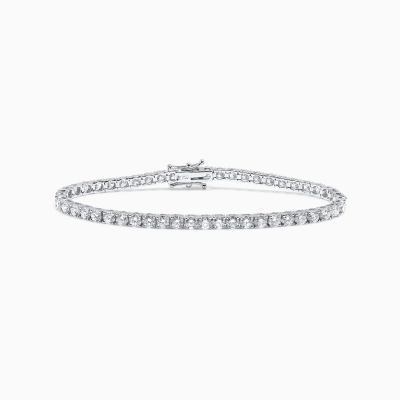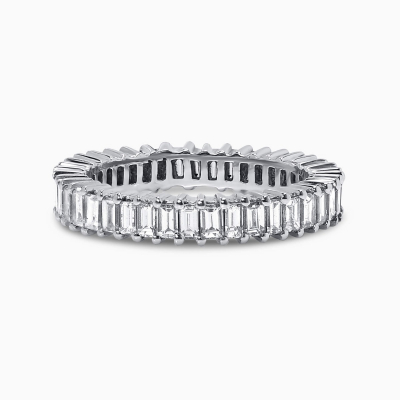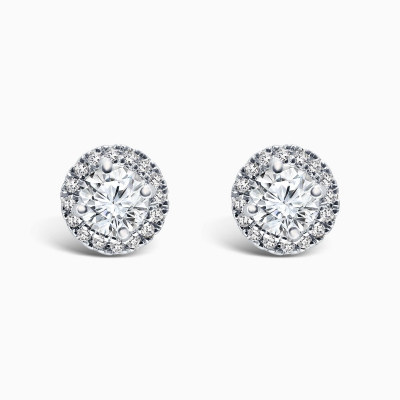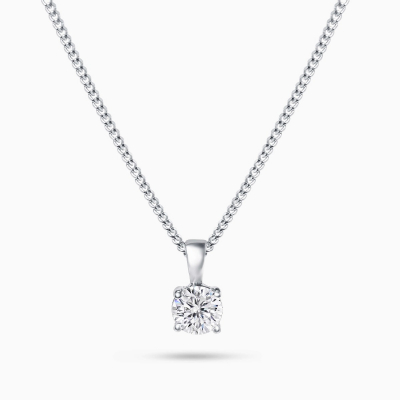USD
/
USD
/
Shipping to:
Currency:
UNDERSTANDING THE COMPASS SETTING IN ENGAGEMENT RINGS
What is a compass setting in engagement rings?
A compass setting in engagement rings is named for its alignment of the claws or prongs with the cardinal points of a compass.
This means that each claw precisely points to North, South, East, and West, giving the ring a unique orientation compared to the traditional "box" style setting, where the diamond is positioned more squarely.
It's all about personal preference when choosing between these orientations.
How does a compass setting differ from other settings?
The compass setting stands out because of its distinctive alignment and design.
Unlike other settings that may use more prongs or a different configuration, the compass setting specifically places its prongs at the four main compass points.
This allows for a different visual presentation and can affect how the diamond interacts with light.
Benefits of choosing a compass setting for an engagement ring
One of the main benefits of a compass setting is the enhanced brilliance and sparkle of the diamond.
By aligning the diamond with the cardinal points and using only four prongs, the setting maximizes the diamond's exposure to light.
This can increase the diamond's fire and brilliance, making it shine more brightly than in some other settings that might obstruct light, such as a bezel setting.
The history and evolution of the compass setting
The compass setting has a timeless appeal that has kept it popular through various trends in engagement ring styles.
Its origins can be traced back to a desire for a setting that offers both a unique visual appeal and practical benefits in terms of light exposure.
Over time, it has evolved to include various styles and adaptations, but its core principle remains the same.
How to care for a compass setting engagement ring
Caring for a compass setting engagement ring involves regular cleaning to maintain its brilliance and ensure the prongs remain secure.
It's also important to have the ring inspected periodically by a jeweller to check for any wear and tear on the prongs, which can affect the stability of the diamond.
Popular styles of compass setting engagement rings
The Solitaire Compass Engagement Ring is particularly beloved for its timeless elegance and versatility.
It suits a wide range of tastes, from contemporary to classical.
While trends in other settings and diamond cuts may come and go, the Solitaire Compass ring remains a consistent favourite among brides of all ages.
Customising an engagement ring with a compass setting
Customising a compass setting engagement ring allows for personal touches that can make the ring even more special.
This might include selecting a specific diamond shape, choosing the metal for the band, or adding unique details to the prongs or setting.
Common misconceptions about the compass setting
A common misconception about the compass setting is that it might not be as secure as other settings due to its four-prong design.
However, when properly crafted, a compass setting is just as secure as any other setting, providing both stability and beauty.
Comparing compass settings with prong and bezel settings
When comparing a compass setting to other popular settings like prong or bezel settings, the main differences lie in the diamond's exposure to light and the overall design aesthetic.
A prong setting can vary in the number of prongs used, while a bezel setting surrounds the diamond with a rim of metal.
Each setting has its own advantages and appeals to different tastes.
Expert tips for selecting a compass setting engagement ring
When selecting a compass setting engagement ring, it's essential to consider the proportions of the diamond.
For example, a princess cut diamond with a 1:1 length-to-width ratio fits perfectly within this setting.
Ensuring the diamond is well-proportioned will help maintain its visual appeal and maximise its brilliance.
Consulting with a jeweller can provide additional insights and help you make the best choice for your ring.







